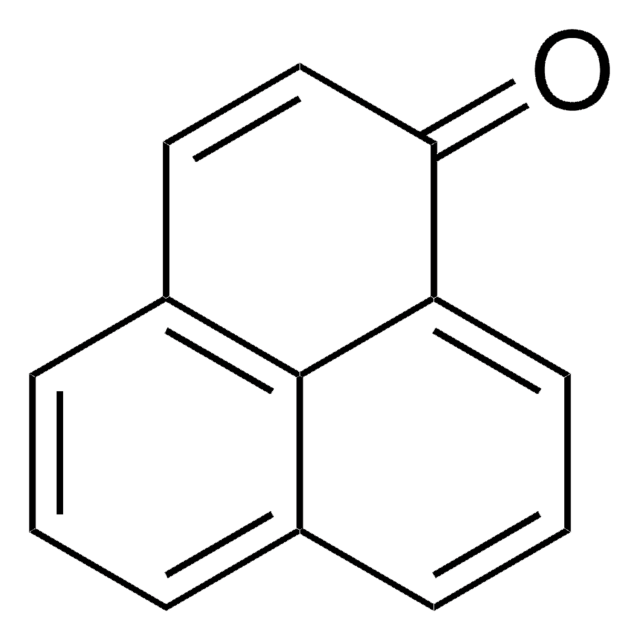A201
Acenaftenchinone
Autenticatiper visualizzare i prezzi riservati alla tua organizzazione & contrattuali
About This Item
Formula empirica (notazione di Hill):
C12H6O2
Numero CAS:
Peso molecolare:
182.17
Beilstein:
879172
Numero CE:
Numero MDL:
Codice UNSPSC:
12352200
ID PubChem:
NACRES:
NA.77
Prodotti consigliati
Forma fisica
powder
Punto di fusione
249-252 °C (dec.) (lit.)
Stringa SMILE
O=C1C(=O)c2cccc3cccc1c23
InChI
1S/C12H6O2/c13-11-8-5-1-3-7-4-2-6-9(10(7)8)12(11)14/h1-6H
AFPRJLBZLPBTPZ-UHFFFAOYSA-N
Cerchi prodotti simili? Visita Guida al confronto tra prodotti
Avvertenze
Warning
Indicazioni di pericolo
Consigli di prudenza
Classi di pericolo
Eye Irrit. 2 - Skin Irrit. 2 - STOT SE 3
Organi bersaglio
Respiratory system
Codice della classe di stoccaggio
11 - Combustible Solids
Classe di pericolosità dell'acqua (WGK)
WGK 3
Punto d’infiammabilità (°F)
Not applicable
Punto d’infiammabilità (°C)
Not applicable
Dispositivi di protezione individuale
dust mask type N95 (US), Eyeshields, Gloves
Scegli una delle versioni più recenti:
Possiedi già questo prodotto?
I documenti relativi ai prodotti acquistati recentemente sono disponibili nell’Archivio dei documenti.
I clienti hanno visto anche
Sang Woon Chung et al.
Toxicological sciences : an official journal of the Society of Toxicology, 95(2), 348-355 (2006-11-04)
Diesel exhaust particles (DEPs) contain oxygen-containing polycyclic aromatic hydrocarbons (PAHs) called quinoid PAHs. Some quinoid PAHs generate free radicals as they undergo enzymatic and nonenzymatic redox cycling with their corresponding semiquinone radicals. Reactive oxygen species (ROS) produced by these reactions
Sang Woon Chung et al.
Toxicological sciences : an official journal of the Society of Toxicology, 101(1), 152-158 (2007-10-11)
Quinoid polycyclic aromatic hydrocarbons are potent redox-active compounds that undergo enzymatic and nonenzymatic redox cycling with their semiquinone radical. We previously reported that acenaphthenequinone (AcQ) can damage human lung epithelial A549 cells through the formation of reactive species (RS). However
Sidharth Tyagi et al.
The Journal of general physiology, 151(6), 850-859 (2019-04-25)
Ca2+ flux into axon terminals via P-/Q-type CaV2.1 channels is the trigger for neurotransmitter vesicle release at neuromuscular junctions (NMJs) and many central synapses. Recently, an arginine to proline substitution (R1673P) in the S4 voltage-sensing helix of the fourth membrane-bound
M S C Henriques et al.
Spectrochimica acta. Part A, Molecular and biomolecular spectroscopy, 172, 189-198 (2016-03-06)
The synthesis of a new hydrazone, 2-oxoacenaphthylen-1(2H)-ylidene nicotinohydrazide, and its structural and spectroscopic characterization is reported. The obtained powder was recrystallized from DMSO and ethanol that afforded small crystals used for single-crystal X-ray diffraction studies. The compound was found to
J M Varga et al.
Molecular immunology, 28(6), 655-659 (1991-06-01)
Serotonin release from rat basophilic leukemia (RBL) cells, sensitized with a DNP-binding monoclonal IgE, was stimulated with solid surface (polystyrene)-bound DNP-amino acids. The stimulatory potency of DNP-amino acids was dependent on the structure of amino acid attached to DNP. Generally
Il team dei nostri ricercatori vanta grande esperienza in tutte le aree della ricerca quali Life Science, scienza dei materiali, sintesi chimica, cromatografia, discipline analitiche, ecc..
Contatta l'Assistenza Tecnica.
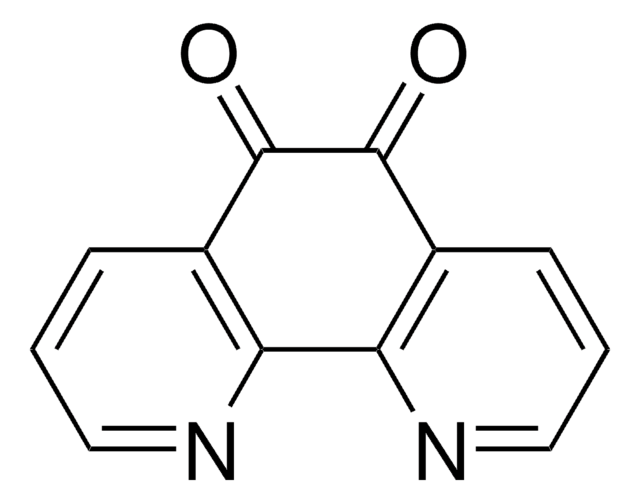
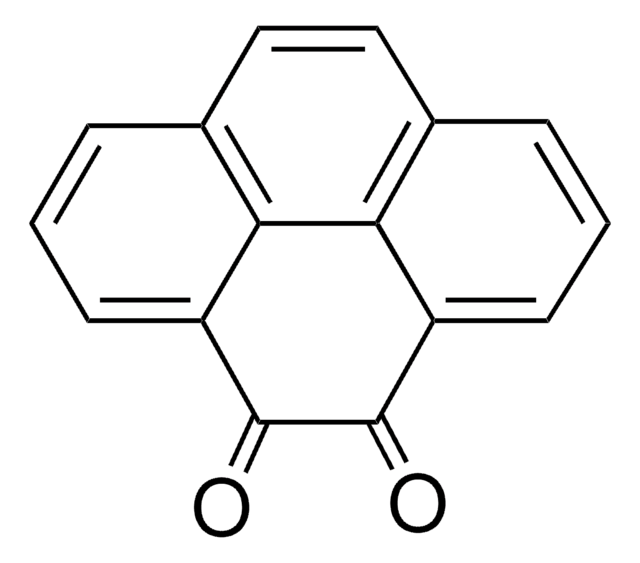
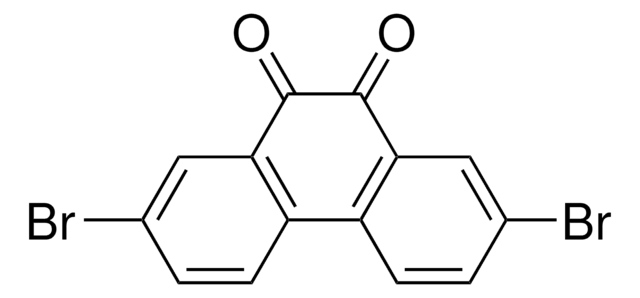
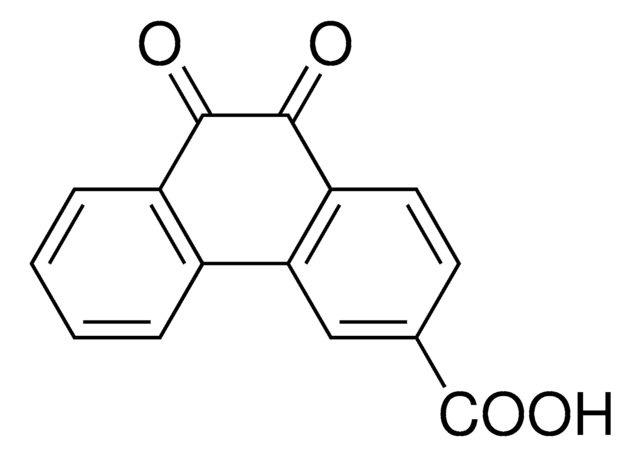
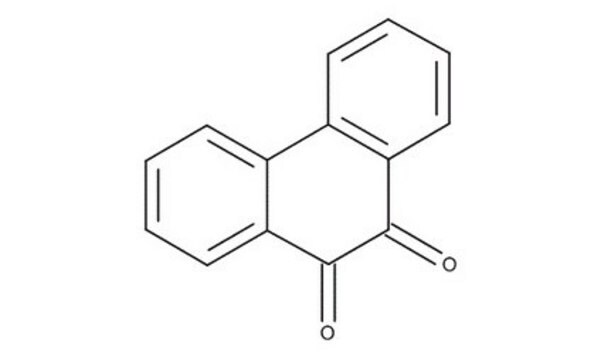
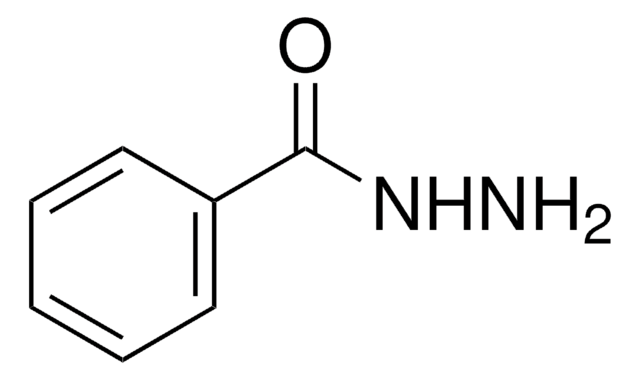
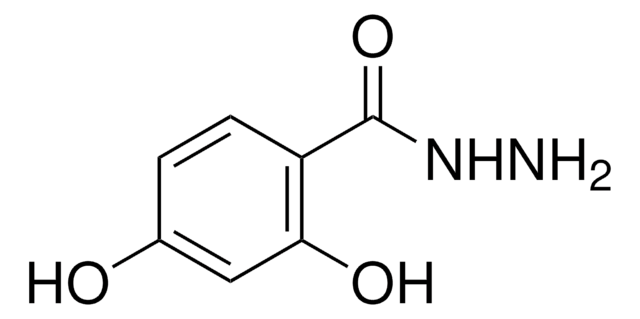
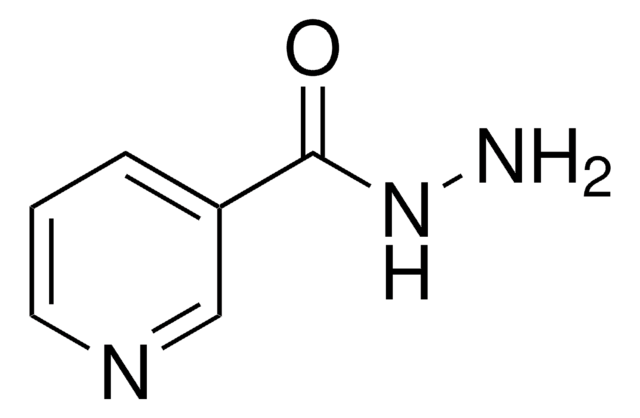

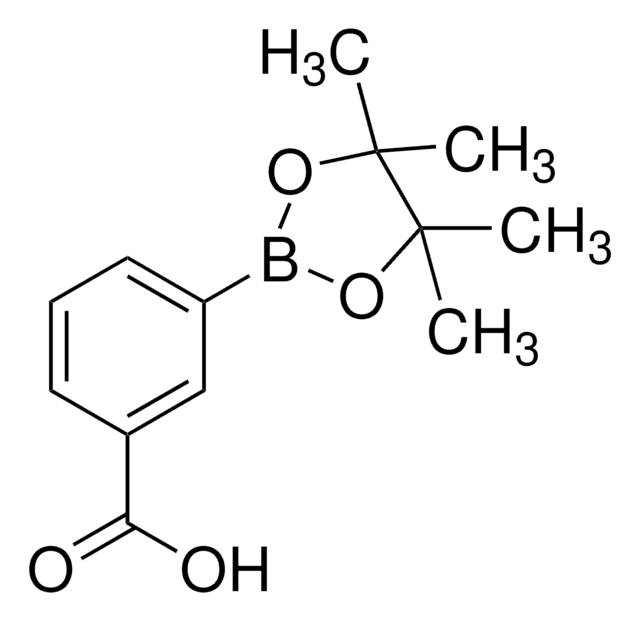
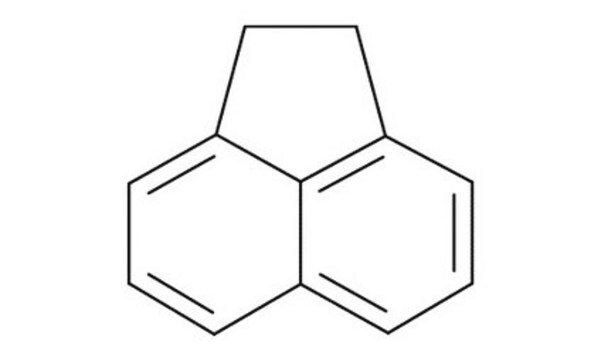
![Benzo[a]fluorenone BCR®, certified reference material](/deepweb/assets/sigmaaldrich/product/structures/881/090/eae85258-97ed-4de7-90c1-c0e0e495552e/640/eae85258-97ed-4de7-90c1-c0e0e495552e.png)
